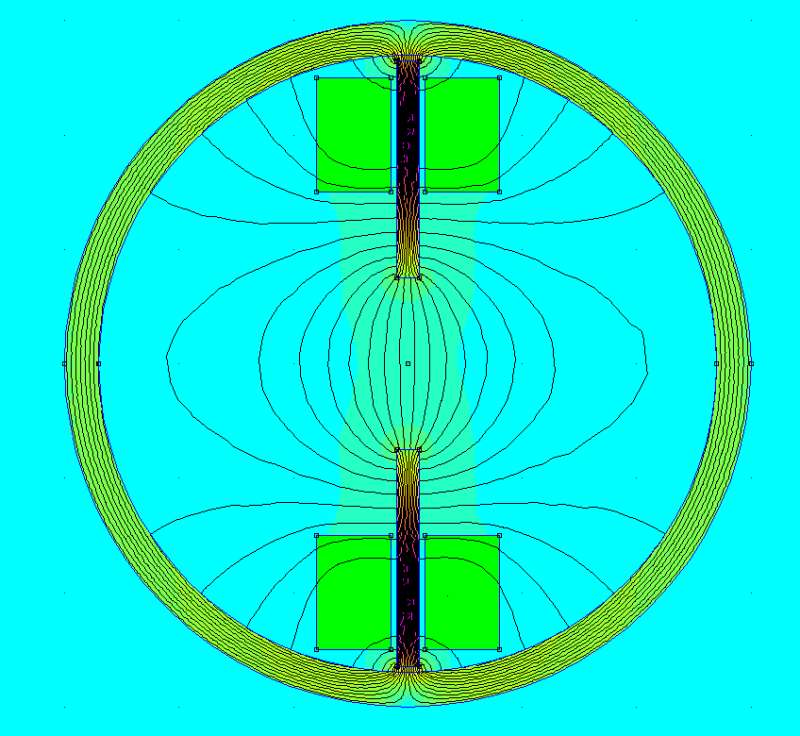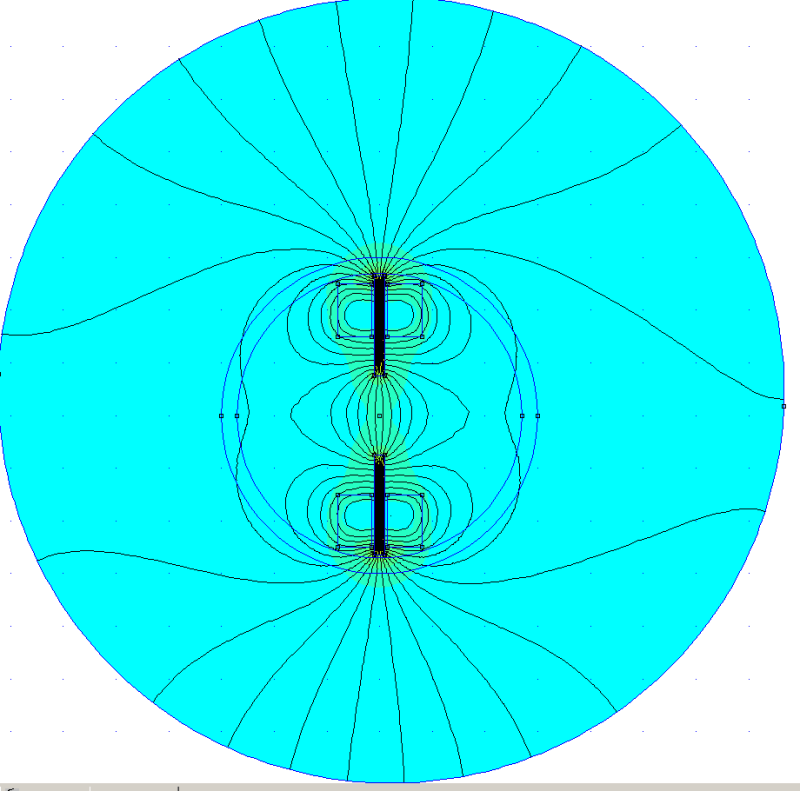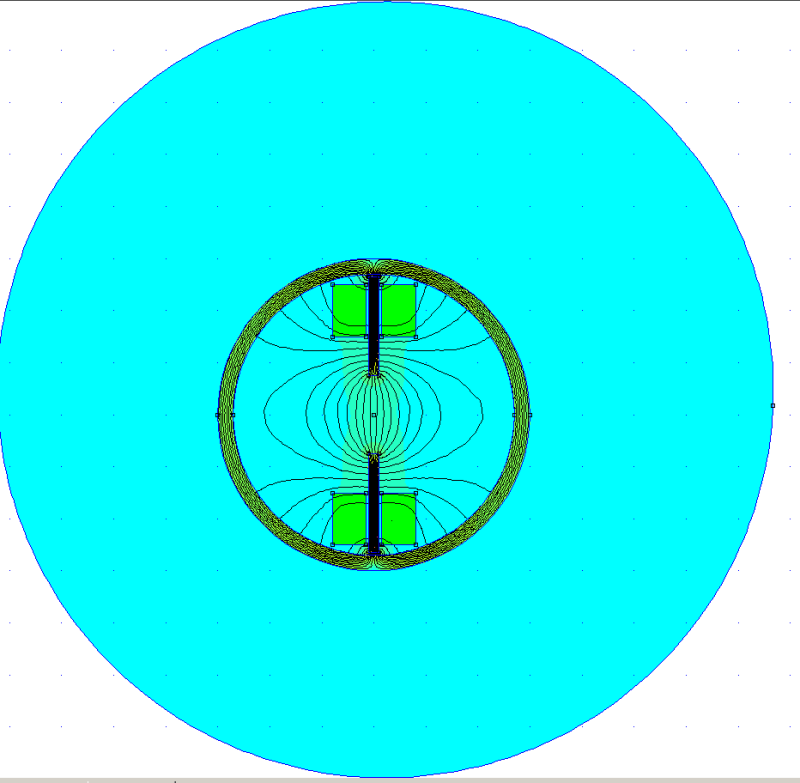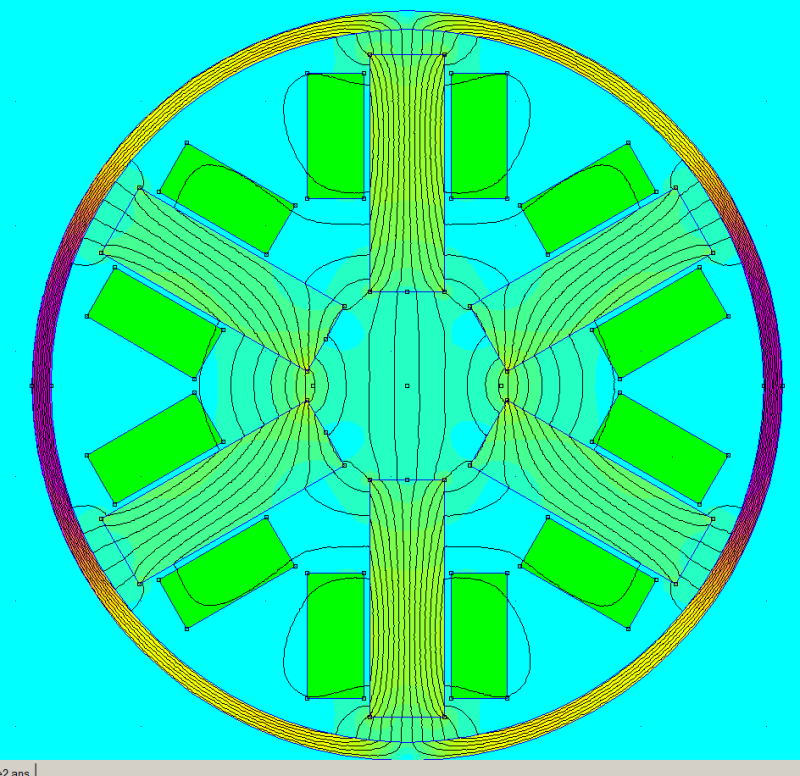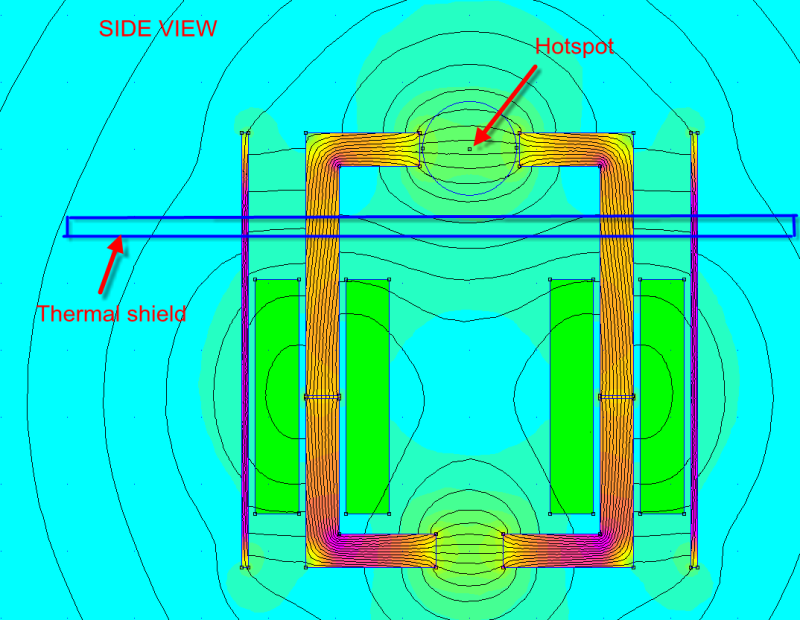RayJohnson2
Mechanical
Hi all,
I am designing an electromagnet, a coil, with roughly the following specifications:
- diameter about 30 mm, length about 40 to 50 mm
- maximum field strength: 50 mT (500 Gauss)
- AC, 0 to 330 Hz
- environment temperature: 150°C
- core: mu-metal
- winding: copper enamelled wire, diameter around 0.25 mm (SWG 33, AWG 30)
The biggest question I have is: what value could I use as ampacity? What is the maximum current that I can use on this wire, at this temperature?
I have found tables, listing max. currents at high temperatures, but that was for power cables. Not for small diameter wires like the one I mentioned.
Can anyone point me to data or tables?
Another question:
I usually use a coil winding fill percentage around 65% (Meaning 65% of the coils cross section is copper, 35% is not).
Does that seem realistic to you?
Kind regards
I am designing an electromagnet, a coil, with roughly the following specifications:
- diameter about 30 mm, length about 40 to 50 mm
- maximum field strength: 50 mT (500 Gauss)
- AC, 0 to 330 Hz
- environment temperature: 150°C
- core: mu-metal
- winding: copper enamelled wire, diameter around 0.25 mm (SWG 33, AWG 30)
The biggest question I have is: what value could I use as ampacity? What is the maximum current that I can use on this wire, at this temperature?
I have found tables, listing max. currents at high temperatures, but that was for power cables. Not for small diameter wires like the one I mentioned.
Can anyone point me to data or tables?
Another question:
I usually use a coil winding fill percentage around 65% (Meaning 65% of the coils cross section is copper, 35% is not).
Does that seem realistic to you?
Kind regards

